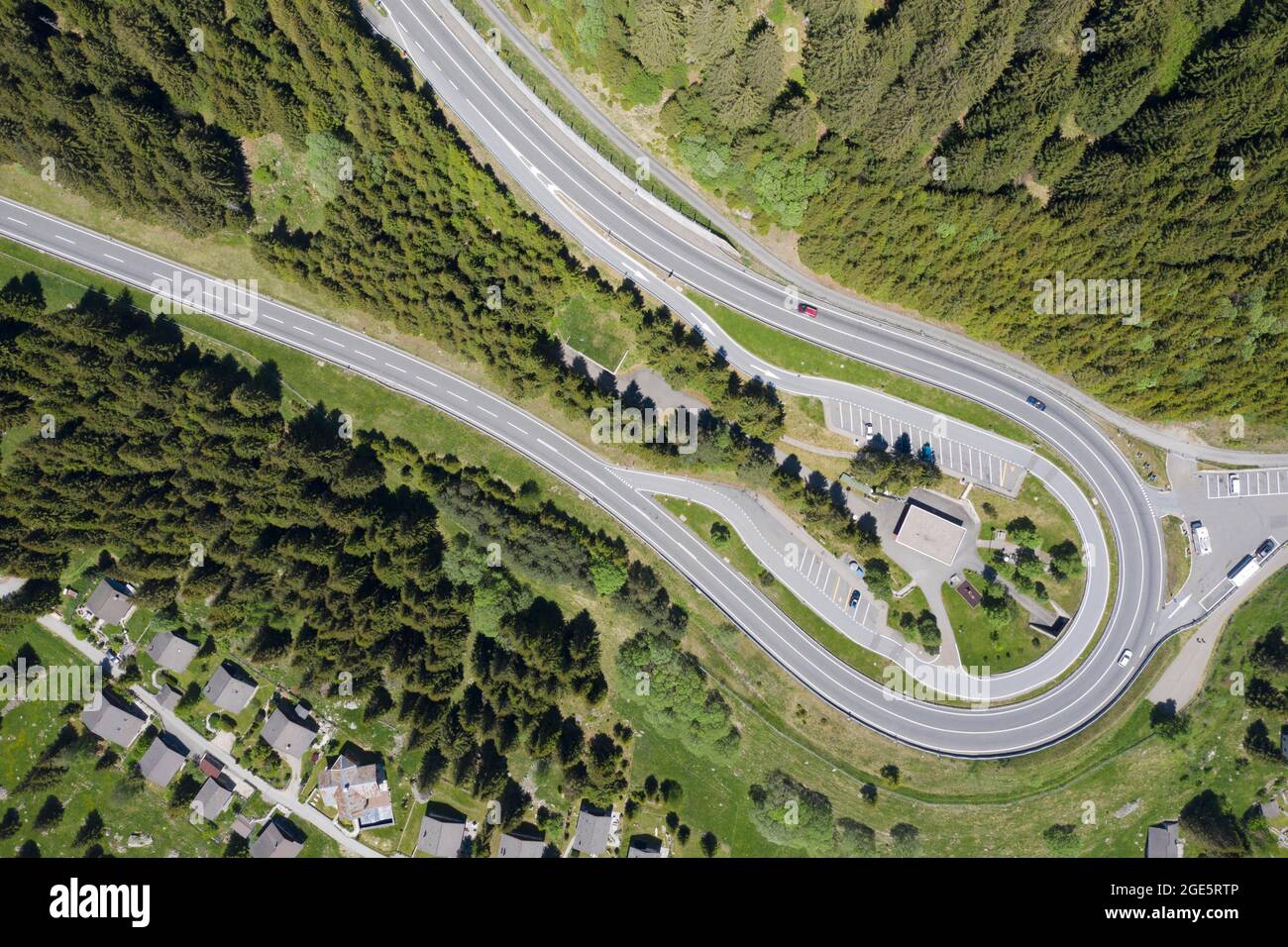
In addition, the dense life underground is currently and has been sequestering carbon for thousands of years. If the plants are removed by bulldozers or vehicles the ground is no longer stabilized and moves in the wind. The plants are host to dense root systems connected by fungi, bacteria, and algae that hold the soil together. Much of the area under consideration for solar is vegetated.

Unfortunately, the basins are complex soils with sand and dust, which when scraped of vegetation causes immense dust storms that make communities uninhabitable. The places where solar companies desire to build is flat and from 1-3% slope. How did this diversity come about? The state is a hotspot for biodiversity on the planet because of its wrinkled topography that provides mountains and basins with unique soils, exposures, and long evolutionary histories. On the contrary, 28% of the state of California is desert yet the desert nurtures 38% of the state’s native plants.

Many communities in New England have seen fierce battles over renewable energy siting, with conservationist non-profits often joining with locals who believe that they should be able to use electricity generated elsewhere but not have to see its production, which has led to some particularly odd decisions from local officials.Ī problem many have is thinking that the desert is a wasteland. However, the irony of San Bernardino County’s ban is that is applies to private land, and County staff have even proposed that development be shifted back to public land, “apart from existing unincorporated communities”. Many large concentrating solar power (CSP) and solar PV plants which were planned for public lands in the California desert have been effectively blocked by conservationists and Native American tribes, often using the strictness of the California Environmental Quality Act to their favor.Īnd as the use of public land provided more avenues to challenge these projects, many solar developers often shifted to private land, including former agricultural lands. This is not the first time that large-scale solar projects have run into conflicts in the California desert, despite this area being the home of the first large-scale solar projects in the United States, the Solar Energy Generating Systems (SEGS). According to county documents, if more than 50% of a project’s output is sold “to the energy grid”, then it is not CORE and will not be allowed.Īs noted in coverage by Sammy Roth of the Los Angeles Times, this issue has pitted rural residents who complain that their quality of life is being eroded not only against large solar companies including First Solar, but also against unions whose members are benefitting from employment in these projects. The primary distinction appears to be whom it serves.

This includes rooftop or on-site solar projects, as well as “shared energy generation to be used primarily by local users”, a designation which could include community solar projects. What the board has designated as “community-oriented renewable energy” (CORE), will be allowed. The San Bernardino County Board of Supervisors voted 4-1 to ban “utility-oriented renewable energy” in fourteen communities and in “rural living zoning districts” throughout the county. San Bernardino County is the largest county in the continental United States, stretching from the suburbs of Los Angeles to the barren deserts on the Nevada border, and is substantially larger than many states on the East Coast.Īnd as of last night, more than one million acres (~1,600 square miles) of this will be closed off to large-scale solar and wind development.


 0 kommentar(er)
0 kommentar(er)
